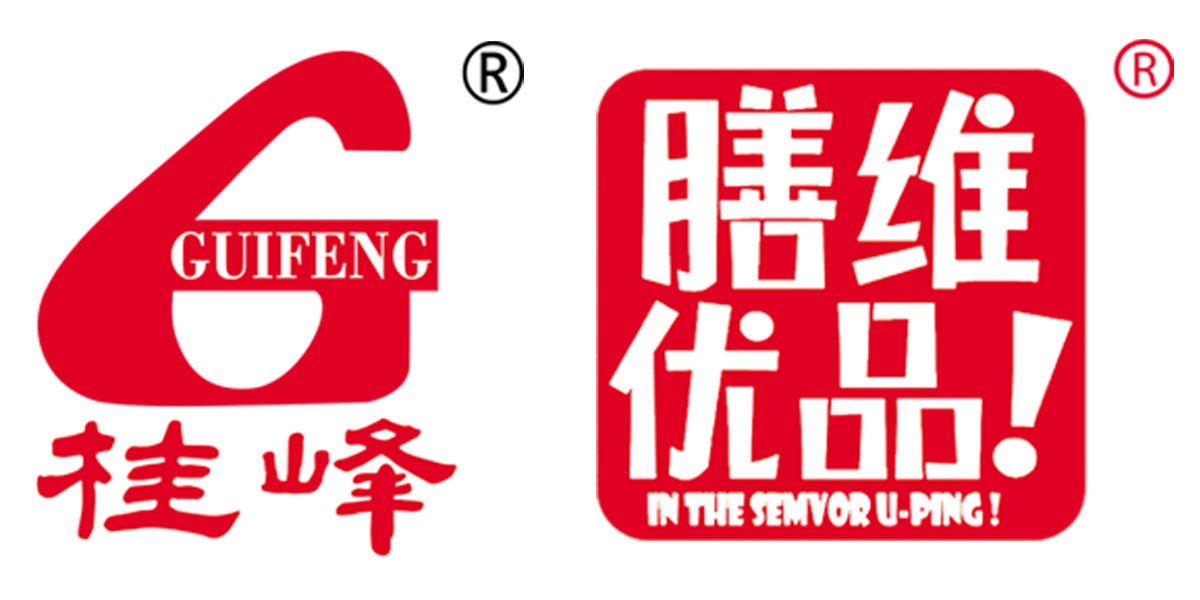02
2024
-
12
How to choose candy: 5 things to consider when selecting candy.
How to choose candy
1. Packaging
High-quality candy has moisture-resistant packaging, clear trademarks, candy names, and manufacturer names. The packaging should be tight, neat, and without cracks or looseness. Premium candies often have multiple layers of beautifully designed packaging. Ordinary candies usually have only one layer of packaging, and some may even lack the manufacturer's name, indicating poor quality.
2. Appearance
High-quality candy has a smooth and even surface without cracks, defects, stickiness, or impurities, and good transparency. Filled candies should not leak filling. If the candy is uneven in size, sticky, or lacks transparency, it is considered low-quality.
Each type of candy has its unique aroma; if a certain candy loses its inherent fragrance, it indicates a qualitative change that consumers should avoid.
3. Taste
Good candy has a sweet taste that is smooth and moderate without any off-flavors. Milk candies, protein candies, and chocolate candies should have a delicate texture. Poor-quality candies may have burnt or bitter tastes and other unpleasant flavors. Good candies have intact packaging; hard candies should be hard and brittle; soft candies should be soft and elastic; filled candies should not leak filling. All candies should not stick to teeth or paper. If there is any crystallization present, it is advisable not to purchase.
4. Quantity
Candies produced by reputable manufacturers have a specific quantity per kilogram with uniform sizes. For less than 100 pieces (blocks) per kilogram, a variance of 2 pieces is allowed; for 100-200 pieces, a variance of 4 pieces is allowed; for more than 200 pieces, a variance of up to 6 pieces is allowed. If the quantity of purchased candy does not meet these standards, it indicates poor quality.
5. Melting and crystallization
If the surface packaging paper of the candy has slight stickiness, it indicates mild melting; if it starts to dissolve and deform significantly, it indicates severe melting. A white crystalline layer on the surface at distances of 1-2 meters indicates mild crystallization; at distances of 3-5 meters indicates severe crystallization. Crystallization occurs when sucrose in the candy dissolves and then re-crystallizes. Severe crystallization makes the candy crumbly and fragile blocks that are not advisable to purchase.
Five considerations for selecting candy
1. First observe whether the outer packaging is damaged or clean; check if the printing is clear and if the label is complete and legitimate. Products from reputable manufacturers should have complete labels indicating product name, manufacturer name, address, ingredient list, net weight, product type, standard code number for execution standards, shelf life etc.; avoid purchasing products with poor printing quality where text is unclear or incomplete labeling including missing production dates.
2. The color of the candy should be normal, uniform and bright with pure aroma; flavor intensity should be moderate without any off-flavors; the shape of the candy should be proper with neat edges free from chips or cracks; surfaces should be shiny smooth with clear patterns while being uniform in size and thickness without obvious deformation; there should be no visible impurities in the candy.
3. Choose well-known brand products produced by reputable companies sold in large malls or supermarkets.
4. Select products that are recently produced with intact packaging especially those containing dairy products as they can easily spoil after their shelf life leading to yellowing appearance or off-flavors in taste additionally damaged packaging can lead to contamination.
5. Try to eat less candy before bedtime; brush your teeth after consuming sweets to prevent cavities.
08
/
08
Explore the Unique Flavor Profile of Honeysuckle Grapefruit Jelly
Honeysuckle grapefruit flavor jelly is a delightful product that beautifully combines the sweet floral notes of honeysuckle with the tartness of grapefruit. This unique pairing not only tantalizes the taste buds but also contributes to a range of culinary applications, making it a versatile addition to any kitchen. Honeysuckle, a flowering plant known for its sweet aroma and taste, has been used i
08
/
07
Unlock the Secrets of 180g Probiotic Fruit Jelly: Your Path to a Healthier Gut
Unlock the Secrets of 180g Probiotic Fruit Jelly: Your Path to a Healthier Gut In recent years, the significance of gut health has gained widespread attention among health-conscious individuals. With the increasing recognition of the gut-brain connection and the role of probiotics in digestive wellness, many are now seeking tasty and effective ways to enhance their gut health. One such delightful
08
/
06
Discover the Delights of 450g Konjac Jelly: A Healthy Treat for Everyone
Konjac jelly, particularly in a convenient 450g format, is gaining popularity among health-conscious consumers looking for tasty yet guilt-free snacks. Made from the konjac plant, also known as konjac root or devil’s tongue, this jelly is primarily composed of water and glucomannan, a soluble fiber that offers numerous health benefits. One of the most appealing aspects of 450g konjac jelly is its
08
/
04
The Ultimate Guide to 36g Portable Jelly Packs: A Convenient and Delicious Snack Option
In today's fast-paced world, finding convenient and nutritious snacks can be a challenge. Enter the 36g portable jelly pack, a delightful and easy-to-carry option that has gained popularity among individuals looking for a quick energy boost without compromising on taste. These jelly packs are not only fun to eat but also offer a range of benefits that make them a suitable choice for various lifest


